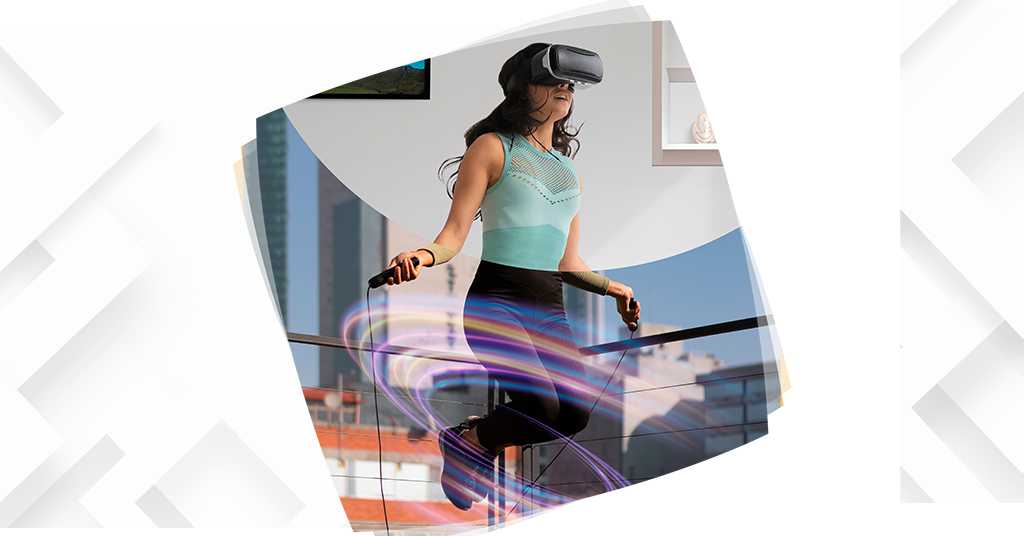In the ever-evolving landscape of technology and entertainment, the emergence of virtual reality (VR) has revolutionized the way we consume and engage with content. Virtual reality offers an immersive experience that transports us to new dimensions and allows us to interact with digital worlds like never before. But what makes the VR experience truly magical? One of the key ingredients in this recipe for immersion is 360-degree Visual Effects (VFX). In this blog, we will explore how 360-degree VFX enhance storytelling in the realm of virtual reality.
360-degree Visual Effects (VFX) represent a groundbreaking advancement in the realm of immersive storytelling and entertainment. Unlike traditional VFX, which is confined to the rectangular frame of a screen, 360-degree VFX envelops the viewer in a fully immersive digital environment. This technology leverages virtual reality (VR) and augmented reality (AR) platforms to create seamless, all-encompassing experiences where the real and the virtual seamlessly intertwine. With 360-degree VFX, audiences can explore fantastical worlds, interact with digital characters, and witness jaw-dropping special effects from any angle. These VFX push the boundaries of what’s possible in narrative storytelling, gaming, and interactive experiences, offering a new dimension of immersion and engagement.
Let’s explore the role of 360-degree visual effects in storytelling:
Before delving into the world of 360-degree VFX, let’s first understand the fundamental appeal of virtual reality. Unlike traditional media, VR provides an unparalleled sense of presence. When you put on a VR headset, you are no longer a passive observer; you become an active participant in the story. Your actions can influence the narrative, and the environment responds to your movements. This level of immersion is a game-changer for storytelling.
Now, imagine taking this immersive experience to the next level by introducing 360-degree VFX. Visual Effects have long been used in film and television to create captivating scenes and mind-bending spectacles. In VR, VFX takes on a new dimension, making the impossible possible.
One of the most remarkable aspects of 360-degree VFX in VR is the ability to transport users to fantastical worlds. From alien planets to medieval castles, the possibilities are limitless. With the use of VFX, these environments can be brought to life in astounding detail, creating a rich backdrop for the narrative.
VR is all about interactivity, and 360-degree VFX can make this interaction even more engaging. For example, VFX can be used to create interactive objects or creatures that respond to the user’s gestures or gaze, adding a layer of depth to the storytelling experience.
360-degree VFX allows storytellers to bring mythical creatures, superhuman abilities, and magical phenomena to life in a way that feels completely real within the VR environment. Whether it’s soaring through the skies like a superhero or summoning elemental forces, VFX makes the unreal believable.
VFX can be used to facilitate seamless transitions between different scenes or dimensions. This fluidity in storytelling enhances the feeling of being inside the narrative rather than merely watching it.

To illustrate the power of 360-degree VFX in storytelling, let’s look at a few examples:
While 360-degree VFX in VR has opened up new frontiers in storytelling, they also come with challenges. These include the need for powerful hardware, complex post-production work, and a creative approach to blending the real and the digital seamlessly. As technology advances, these challenges will become more manageable, paving the way for even more immersive storytelling in virtual reality.
In conclusion, 360-degree VFX is a vital component in the VR storytelling toolbox. They elevate immersion, enable interactivity, and make the unreal feel real. The future of storytelling in virtual reality is bright, and 360-degree VFX is at the forefront, promising endless possibilities for narrative adventures that blur the line between the physical and digital realms. As VR continues to evolve, so too will the magic of 360-degree VFX, enhancing the way we experience and engage with stories.

CANADA
4388 Rue Saint-Denis Suite 200 #293, Montreal, QC H2J 2L1
vfx@digikore.com
INDIA
410/2 Mumbai - Pune Road, Dapodi, Pune – 411012, India
Looking for a job?
Reach out to us at hireme@digikore.com
Copyright © 2024 Digikore Studios Limited
